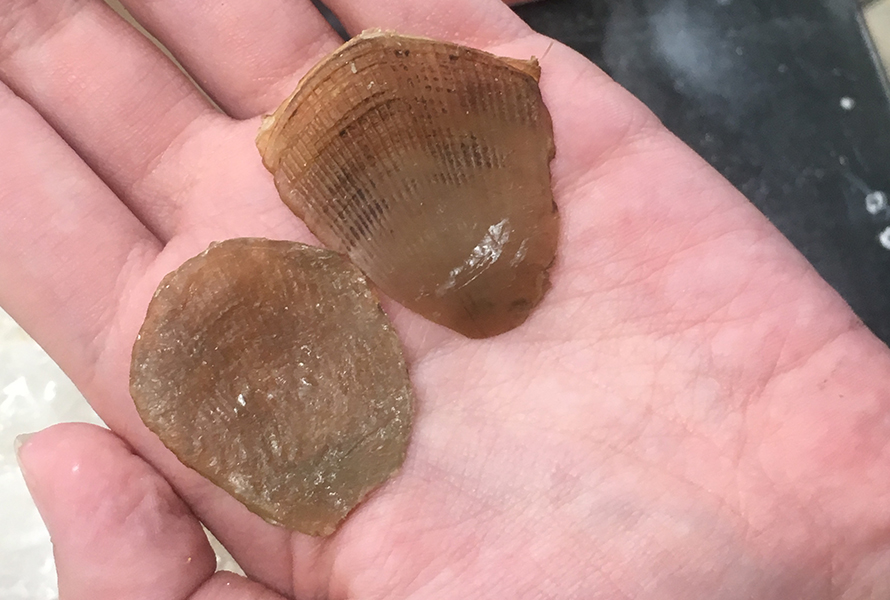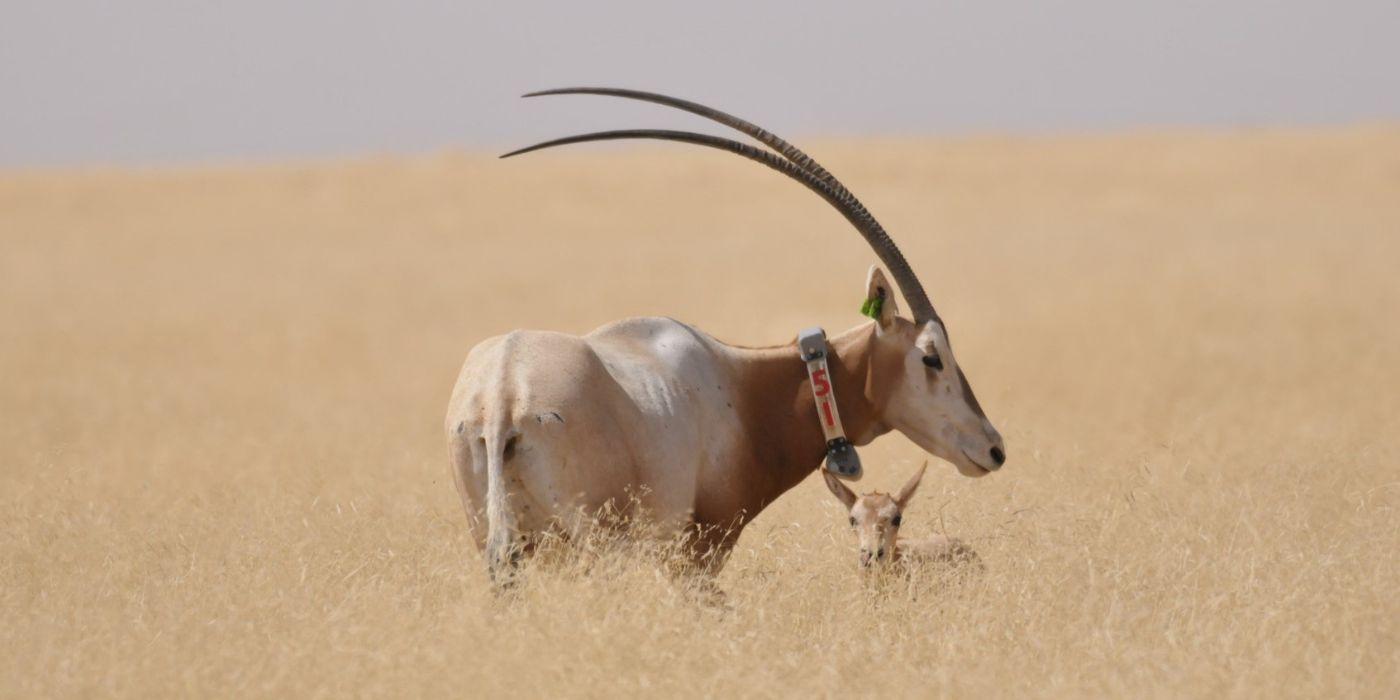NextGen Science: Tracking Endangered Species
What does it take to save endangered species? A mix of creativity, engineering and collaboration! As part of the Explorations in Engineering program at Foxcroft School in Middleburg, Virginia, students had a rare opportunity to help Smithsonian Conservation Biology Institute scientists save two critically endangered species: pangolins and scimitar-horned oryx.
With guidance from SCBI ecologist Jared Stabach, 11 students worked together to design and develop replicas of scales and horns. Scientists can use these models to test GPS devices that track animal movements, which could one day help mitigate poaching and other threats to species’ survival. Two students, Lily Fortsch and Grace MacDonald, share highlights from their projects in the update below.
Pangolin Scales Team
Lily Fortsch, senior, Foxcroft School

Photo courtesy of Foxcroft School.
I had not heard of scimitar-horned oryx before this project, but it is really cool that a semester of our work could help save these animals’ lives in the wild. It was fun to build a replica horn that the SCBI scientists can use to test different GPS devices.
This project was like a puzzle. Even Dr. Evans did not know all the answers, and she learned with us through this process. Like the pangolin team, we tried numerous materials and methods that did not work, but we kept trying.
We made a mold of an actual scimitar-horned oryx horn out of air-dried clay. We tried many different materials but, eventually, filled the mold with a mixture of fiberglass resin and sand. Those materials ended up working the best because of their durability.
I would definitely recommend students participate in these hands-on projects because it was a neat experience, and we had an opportunity to meet SCBI scientists who are very passionate about animal conservation.
This article appears in the October 2018 issue of National Zoo News. This project was part of Foxcroft's Explorations in Engineering class using the Purdue University EPICS (Engineering Projects in Community Service) curriculum.
Related Species:




